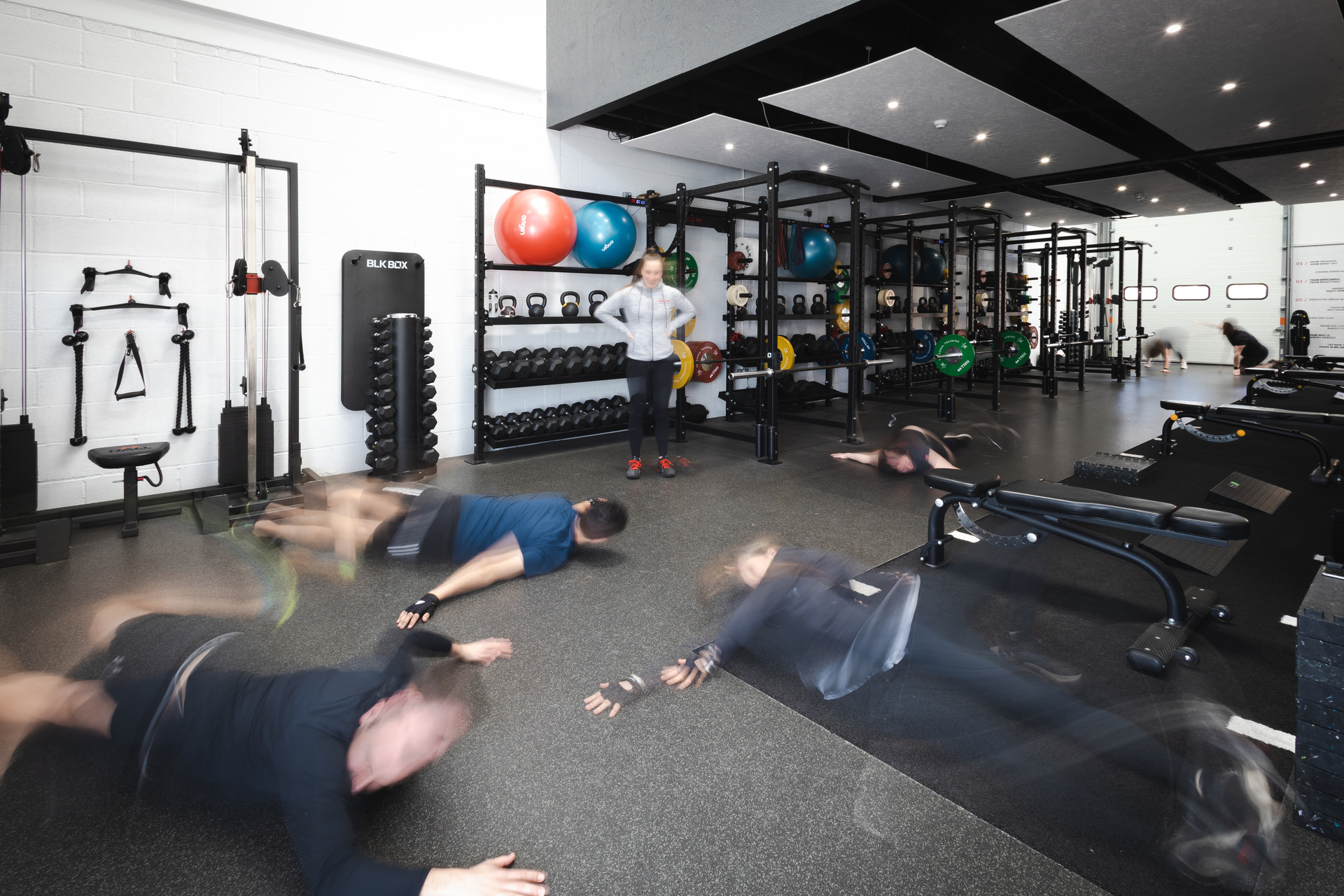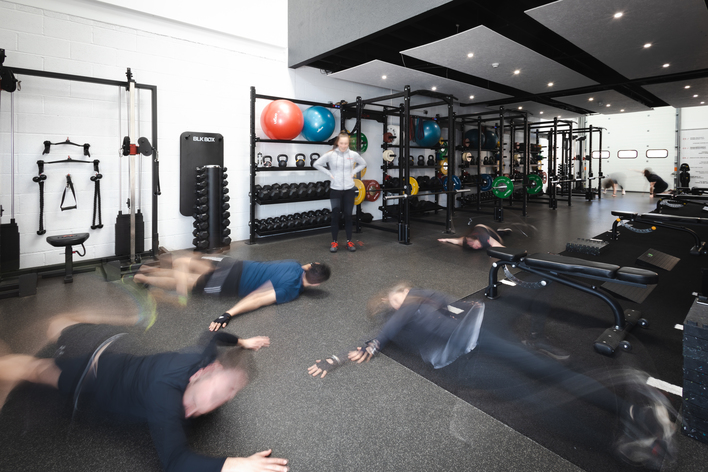Small Group Fitness Classes vs Personal Training: Which is Better?
Since 2007, I've worked as a personal trainer, spending the first fourteen years delivering one-on-one training. Over time, after helping hundreds of people in the Oxford area achieve outstanding results, I began to notice clear patterns in programming, client goals, and what determined success (or failure).
Most of our clients shared common goals: they wanted to improve their weight, appearance, strength, energy, and overall fitness. They sought greater confidence and, above all, better health.
Initially, we designed individualised programmes for each client - a time-consuming and expensive approach. While we believed we were creating the 'perfect' exercise program for everyone, reality proved more complex.
The most successful clients were those who trained consistently and maintained an active lifestyle outside the gym. In contrast, those training just once weekly with limited external support struggled to achieve their goals.
This revelation highlighted three key success factors:
- Consistency
- Accountability
- A supportive community
Unfortunately, the high cost of one-on-one personal training often prevented people from accessing these crucial elements.
As someone who became a personal trainer to transform lives rather than 'get rich quick', I realised that traditional 1-on-1 training wasn't the solution for creating widespread impact.
That’s why, in 2018, we opened Oxford’s first private training studio focused on small group personal training. It’s the perfect balance: personalised coaching with the added motivation and camaraderie of training alongside like-minded individuals.
But what exactly is small group personal training, and how does it compare to one-on-one training?
What Is Small Group Personal Training?
Small group personal training combines the personalisation of one-on-one sessions with the energy of group fitness. Sessions are limited to six people - the sweet spot for ensuring that every member receives individual attention while enjoying the motivation and camaraderie of training in a group.
When we launched small group personal training at our Kidlington studio, we were often asked: What are the benefits? Let’s dive into why small group personal training might be the game-changer you’ve been looking for.
Why Small Group Training?
While one-on-one PT remains ideal for specific cases (injuries or specialized sports goals), roughly 97% of clients share similar general fitness and physique goals. For these individuals, training with others often proves more beneficial and effective.
Let's explore the key advantages:
- Train More Frequently
Success in fitness comes down to consistency. Our experience shows that clients who exercise three or more times weekly achieve and maintain the best results. Small group training makes this frequency more affordable than traditional 1-on-1 sessions, allowing clients to maintain optimal training schedules without breaking the bank.
- Work Harder.
While one-on-one sessions can sometimes drift into casual conversation (we've all seen clients use chatting as a breather!), group dynamics naturally encourage higher effort levels. The supportive atmosphere pushes members to work harder, not through competition, but through mutual encouragement and shared energy.
- Interactive Learning Environment
Our motto "execution above all else" thrives in group settings. Members learn proper form not just from trainer instruction, but by observing peers. Questions flow naturally, creating rich learning opportunities that benefit everyone present. Different perspectives lead to broader understanding of health and fitness principles.
- Personalisation Without Overcomplication
A common misconception is that small group training means a one-size-fits-all approach. At Hall Personal Training, this couldn’t be further from the truth. In reality, our framework addresses all fitness components (mobility, activation, strength, and cardiovascular fitness) while allowing individual customization. Each exercise can be modified to match personal abilities and goals, ensuring everyone progresses appropriately.
- A Supportive Community
Perhaps our proudest achievement is the vibrant community we've built. Our members range from 16 to 85 years old, with goals varying from holiday preparation to ultra-marathon training. They connect before sessions over coffee, celebrate achievements together, and organize social events from 5k runs to theatre nights.
The Supporting Research and Data
Studies have shown that group fitness classes offer several advantages over individual workouts:
- Increased Enjoyment and Adherence: Research from Iowa State University highlights that participants in group exercise report higher enjoyment and energy levels compared to exercising alone. This leads to better adherence to fitness routines over time.
- Improved Mental Health: A study published by InBody USA found that group fitness participants experienced reduced stress levels and improved emotional well-being compared to those working out alone.
- Enhanced Motivation: Group dynamics foster camaraderie and encouragement, pushing individuals to work harder during sessions.
These findings align perfectly with our experience at Hall Personal Training, where the combination of personalisation and community consistently drives results.
The Hall Training Difference
Unlike typical boot camps or group classes, our small group sessions maintain the personalisation of private training. You won't see six people performing identical exercises - each member works at their appropriate level within our proven framework.
This approach has transformed how we deliver results. While it might differ from traditional personal training methods, it comprehensively addresses all aspects of fitness while fostering a supportive community environment.
Ready to Experience the Difference?
If you're interested in experiencing these benefits firsthand, why not take our 6-week challenge? It’s the perfect opportunity to test our method and experience the benefits firsthand - and put both us and yourself to the test.



